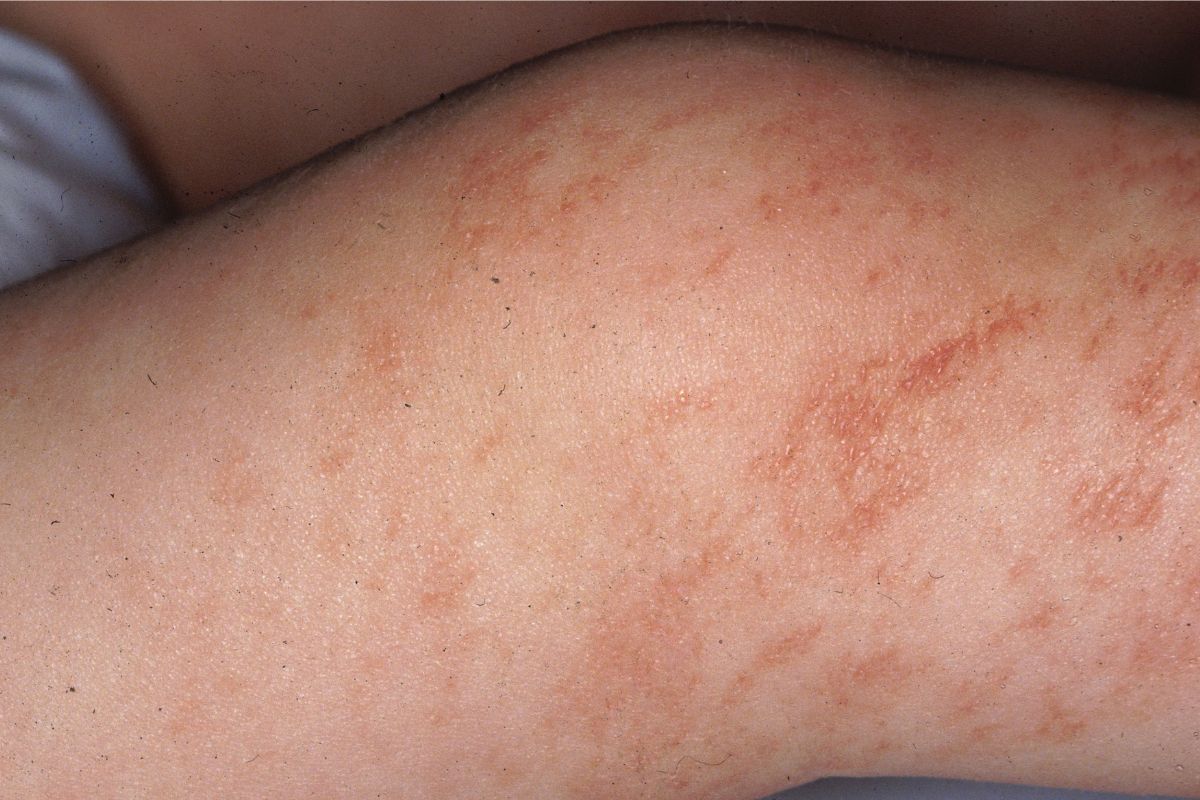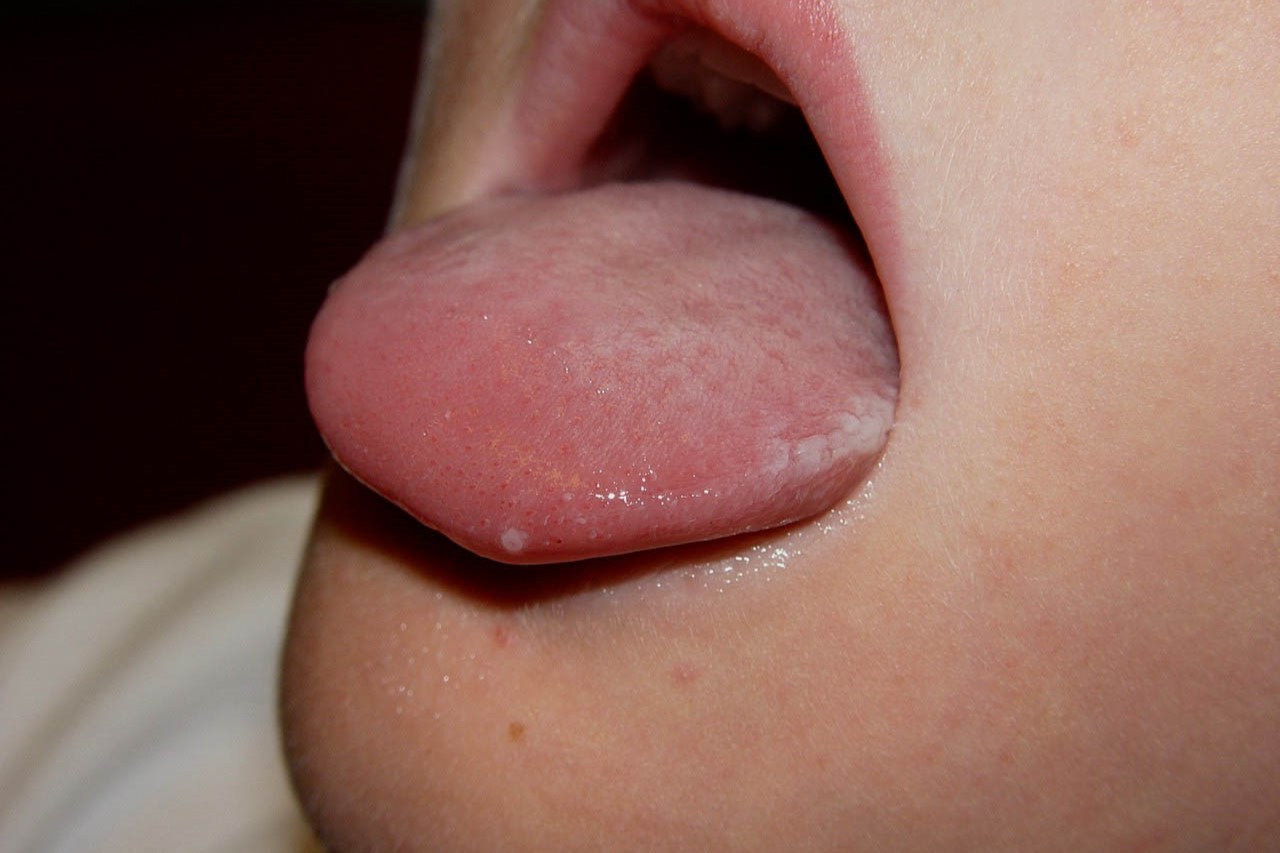
Restrictive Dermopathy is a rare genetic disorder that affects the skin and other organs. Characterized by tight, rigid skin, this condition severely limits movement and growth. Babies born with restrictive dermopathy often face numerous health challenges, including respiratory issues and joint contractures. Caused by mutations in the LMNA or ZMPSTE24 genes, this disorder disrupts normal cell function. Symptoms appear at birth or shortly after, making early diagnosis crucial. Unfortunately, there is no cure, and treatment focuses on managing symptoms and improving quality of life. Understanding this condition can help raise awareness and support for affected families.
Key Takeaways:
- "Restrictive Dermopathy is a rare genetic disorder that causes tight, rigid skin and can be fatal in babies. It affects movement, growth, and breathing, and there is no cure."
- "Early diagnosis through genetic testing is crucial. While there is no cure, supportive care like respiratory support, physical therapy, and pain management can improve the quality of life for affected infants."
What is Restrictive Dermopathy?
Restrictive Dermopathy (RD) is a rare genetic disorder that affects the skin and other organs. It is characterized by tight, rigid skin that restricts movement and growth. This condition is usually fatal in the neonatal period.
- Genetic Cause: RD is caused by mutations in the LMNA or ZMPSTE24 genes.
- Inheritance Pattern: It follows an autosomal recessive inheritance pattern, meaning both parents must carry the defective gene.
- Skin Tightness: The hallmark of RD is extremely tight skin that limits movement and growth.
- Facial Features: Infants with RD often have distinctive facial features, including a small mouth and nose.
- Joint Contractures: Due to the tight skin, joint contractures are common, making movement difficult.
- Respiratory Issues: Many infants with RD experience severe respiratory problems due to restricted chest expansion.
- Growth Retardation: Growth is significantly impaired, both before and after birth.
- Premature Birth: Many cases involve premature birth, complicating the condition further.
- Life Expectancy: Unfortunately, most infants with RD do not survive beyond the neonatal period.
- Diagnosis: Diagnosis is usually made based on clinical features and confirmed through genetic testing.
Symptoms and Clinical Features
Understanding the symptoms and clinical features of RD can help in early diagnosis and management. Here are some key aspects to look out for.
- Thin Skin: The skin is not only tight but also very thin and fragile.
- Edema: Swelling or edema is often present, particularly in the limbs.
- Hypoplastic Lungs: Underdeveloped lungs are a common feature, contributing to respiratory distress.
- Micrognathia: A small jaw, known as micrognathia, is frequently observed.
- Low-set Ears: Ears are often positioned lower than usual.
- Nail Abnormalities: Nails may be poorly developed or absent.
- Scalp Hair: Scalp hair is usually sparse or absent.
- Umbilical Hernia: Many infants have an umbilical hernia.
- Cardiac Issues: Heart defects or abnormalities can also occur.
- Neurological Impairment: Some infants may show signs of neurological impairment.
Diagnosis and Genetic Testing
Accurate diagnosis is crucial for understanding and managing RD. Genetic testing plays a significant role in confirming the condition.
- Prenatal Diagnosis: In some cases, RD can be diagnosed prenatally through ultrasound and genetic testing.
- Skin Biopsy: A skin biopsy may be performed to examine the structure and composition of the skin.
- Molecular Testing: Genetic testing can identify mutations in the LMNA or ZMPSTE24 genes.
- Family History: A detailed family history can provide clues for diagnosis.
- Differential Diagnosis: RD must be differentiated from other conditions with similar features, such as restrictive dermal dysplasia.
Treatment and Management
While there is no cure for RD, supportive care can improve the quality of life for affected infants. Here are some approaches to treatment and management.
- Respiratory Support: Mechanical ventilation may be necessary to assist with breathing.
- Nutritional Support: Specialized feeding techniques can help ensure adequate nutrition.
- Physical Therapy: Physical therapy can help manage joint contractures and improve mobility.
- Pain Management: Pain relief is important for comfort and quality of life.
- Palliative Care: Palliative care focuses on providing comfort and support for the infant and family.
The Final Word
Restrictive Dermopathy, a rare genetic disorder, affects the skin, causing it to become tight and restrictive. This condition, often fatal, results from mutations in the LMNA or ZMPSTE24 genes. Babies born with this disorder face severe challenges, including respiratory issues and limited movement. Early diagnosis is crucial for managing symptoms and providing supportive care.
Understanding the genetic basis helps in developing potential treatments. While there's no cure yet, ongoing research offers hope. Families affected by Restrictive Dermopathy need support and resources to navigate this difficult journey.
Raising awareness about this condition can lead to better funding for research and improved care for those affected. Every bit of knowledge shared brings us closer to finding a solution. Stay informed, support research, and spread awareness to make a difference in the lives of those battling Restrictive Dermopathy.
Frequently Asked Questions
Was this page helpful?
Our commitment to delivering trustworthy and engaging content is at the heart of what we do. Each fact on our site is contributed by real users like you, bringing a wealth of diverse insights and information. To ensure the highest standards of accuracy and reliability, our dedicated editors meticulously review each submission. This process guarantees that the facts we share are not only fascinating but also credible. Trust in our commitment to quality and authenticity as you explore and learn with us.


